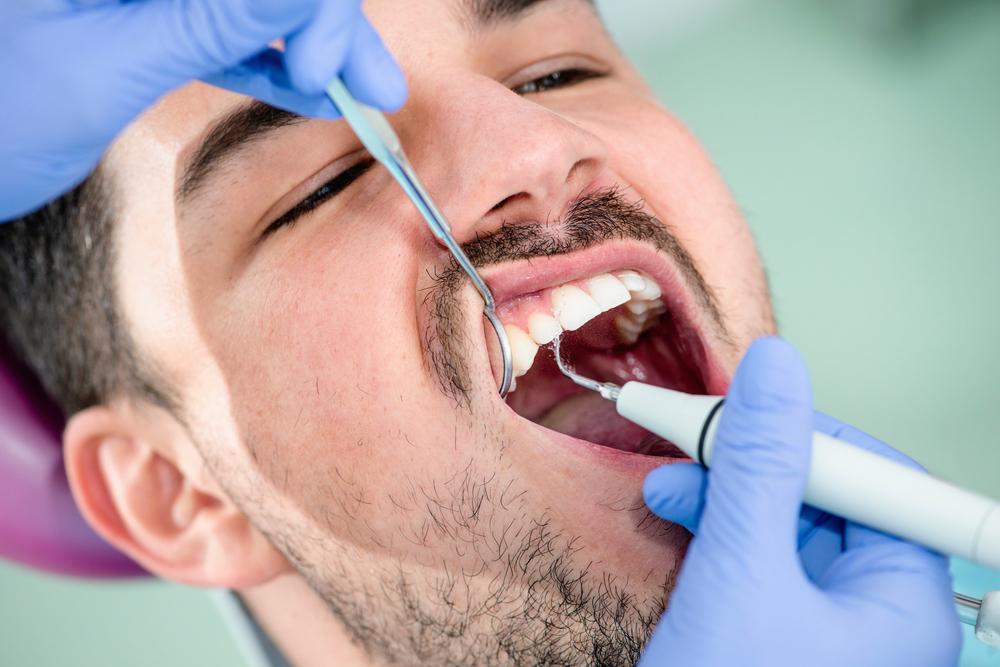Dental Plaque And Tartar Removal
Dental plaque and tartar removal
Plaque is a filmy substance made of bacteria that covers the teeth over time, making them appear dull or yellowish. When visiting a dentist, the teeth are cleaned, removing plaque and making them look sparkly and white. Accumulation of plaque mostly occurs on the teeth above as well as below the gum line. It is quite unsightly in most cases, and if not removed, it causes extreme damage to the teeth and gums. Plaque buildup is natural and inevitable and may sometimes cause a hardened surface on the teeth called tartar. It is, therefore, vital to make consistent visits to the dentist for dental plaque removal, alleviating dental diseases.

What are some of the best ways of removal of dental plaque?
- Brush the teeth at least twice a day using a soft or an electric toothbrush.
- Floss before brushing the teeth to loosen any bits of food.
- Oil pulling, wherein a tablespoon of coconut or olive oil is swished within the mouth for about twenty minutes, is a good way of dental plaque removal. The oil contains fatty acids such as lauric acid that also has anti-inflammatory and antimicrobial effects.
- Brushing the teeth using activated charcoal, salt, or toothpaste containing baking soda helps in dental plaque removal and prevents plaque from growing back.
What are the risks of plaque building up on the teeth?
- Plaque creates acid that damages the teeth and causes cavities.
- The plaque bacteria make toxins that aggravate the gums, causing periodontal disease.
- It combines with minerals in the saliva, forming tartar or calculus, which is a breeding ground for plaque bacteria.
How can dental plaque be prevented?
- Adopting good dental habits such as brushing the teeth twice daily and flossing at least once a day can help.
- Regular visits to the dentist to get the teeth cleaned, making them free from plaque. The dentist can provide a fluoride treatment that can slow the growth of bacteria and buildup of tartar as well as prevent tooth decay.
- Chewing gum sweetened with xylitol and sorbitol in between meals prevents plaque from building up.
- A healthy diet containing food with low added sugar such as fresh produce, lean proteins, and whole grains limits the growth of bacteria, preventing plaque formation.
- Using a dental plaque remover such as a dental pick, an interdental brush, a dental stick, and mouthwash in between meals also helps prevent the buildup of bacteria.
- Quitting smoking as well as chewing tobacco as it encourages the growth of bacteria on the teeth.
What are the dental plaque removal techniques that can be adopted at home?
- Taking plaque disclosing tablets helps identify the locations of plaque on the teeth to access the damage caused by the plaque and prevent further buildup.
- Flossing teeth using dental floss and then brush using a hard brush before rinsing with mouthwash is also a good way of dental plaque removal.
- For tartar removal, use soft metal equipment in the DIY tartar removal kit for home use to scrape off tartar from the teeth before brushing and rinsing.
- Taking the plaque disclosing tablets again will help check the plaque and tartar removal progress.
What happens during tartar removal by a dentist?
- A physical examination of the entire mouth to check for gingivitis and other potential concerns.
- Removal of dental plaque and tartar using a scaler around the gum line and in between the teeth.
- Brushing the teeth with a high-powered electric brush and gritty toothpaste.
- Flossing of the teeth to remove leftover tartar.
- Rinsing using liquid fluoride.
- Applying fluoride treatment to protect the teeth.

